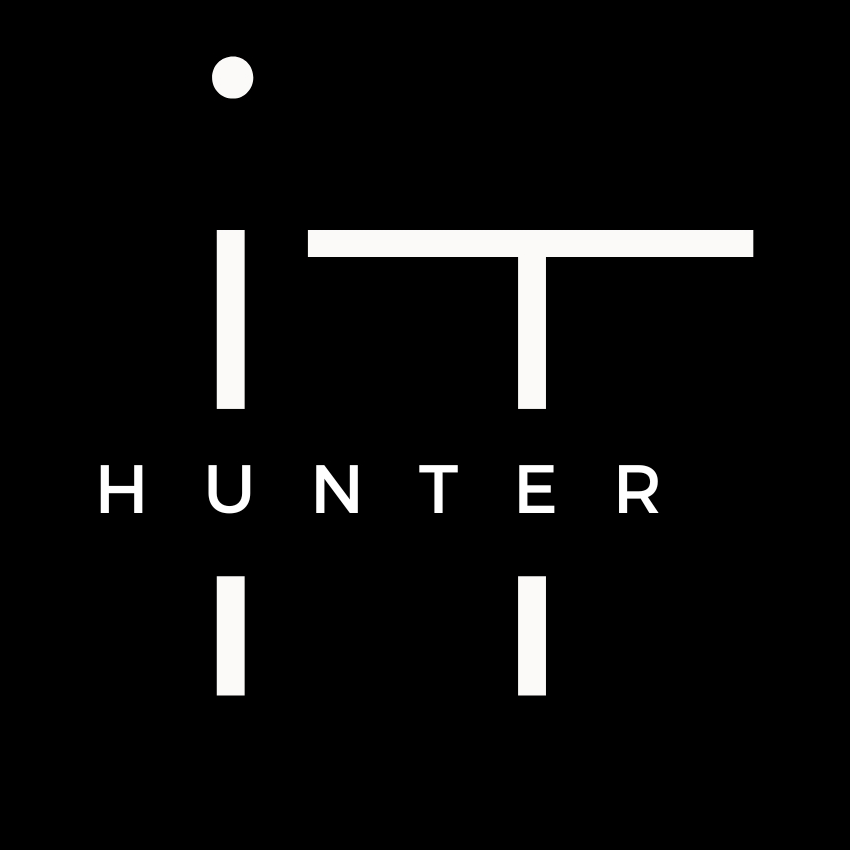Mastering Image Optimization: A Comprehensive Guide to Boost Website Performance
In the digital era, where visuals play a crucial role in engaging online audiences, image optimization stands as a cornerstone for website success. Slow-loading pages not only frustrate users but also impact search engine rankings. This comprehensive guide will unravel the art and science of optimizing images, ensuring your website achieves optimal performance and delivers a seamless user experience.
I. Understanding the Importance of Image Optimization
A. Impact on Page Speed:
- User Experience: Slow-loading images diminish user satisfaction and increase bounce rates.
- SEO Performance: Search engines prioritize fast-loading pages, making image optimization integral to SEO success.
B. Bandwidth Efficiency:
- Reduced Data Usage: Optimized images consume less data, making them faster to load and reducing bandwidth costs.
- Mobile-Friendly Optimization: Essential for mobile users, as data consumption directly affects their experience.
II. Key Strategies for Effective Image Optimization
A. Image Compression:
- Lossless vs. Lossy Compression: Evaluate the trade-offs between preserving image quality and reducing file size.
- Tools and Software: Utilize compression tools like TinyPNG, ImageOptim, or Adobe Photoshop for efficient image size reduction.
B. Proper File Formats:
- JPEG for Photographs: Ideal for high-quality photographs with a wide range of colors.
- PNG for Transparency: Suitable for images requiring a transparent background.
- WebP Format: A modern alternative offering superior compression and quality, supported by major browsers.
C. Responsive Images:
- Using srcset Attribute: Implement responsive design with the srcset attribute to serve different image sizes based on device resolution.
- Picture Element: Employ the <picture> element for more control over image loading based on device characteristics.
D. Lazy Loading:
- On-Demand Loading: Load images only when they come into the user’s viewport, reducing initial page load times.
- Implementation Techniques: HTML loading attributes or JavaScript libraries like LazyLoad.js facilitate easy integration.
E. Image Sprites:
- Consolidating Images: Combine multiple small images into a single sprite to reduce the number of server requests.
- CSS Background Images: Use CSS background-image property to display specific sections of the sprite.
III. Utilizing Tools for Streamlined Image Optimization
A. Online Tools:
- TinyPNG: Compresses PNG and JPEG images with minimal loss of quality.
- ImageOptim: A Mac application that automates image optimization.
- Google’s PageSpeed Insights: Provides image optimization suggestions alongside overall performance insights.
B. Content Delivery Networks (CDNs):
- Cloudflare: Offers automatic image optimization and global content delivery.
- Akamai: Provides CDN services with image optimization features for accelerated content delivery.
IV. Best Practices for Image SEO
A. Descriptive Filenames:
- SEO-Friendly Naming: Use descriptive filenames reflecting the content of the image for improved search engine indexing.
- Hyphen Separators: Utilize hyphens to separate words in filenames, enhancing readability.
B. Alt Text Optimization:
- Accessibility: Craft informative alt text for screen readers and assistive technologies.
- Keyword Relevance: Include relevant keywords in alt text to improve image SEO.
V. Continuous Monitoring and Adaptation
A. Regular Audits:
- Performance Monitoring: Employ tools like Google PageSpeed Insights and Lighthouse for regular performance audits.
- User Feedback: Pay attention to user feedback regarding image loading times and optimize accordingly.
B. Adaptive Strategies:
- Evolution of Web Standards: Stay abreast of evolving web standards and adapt image optimization strategies accordingly.
- Technology Updates: Embrace new tools and technologies that enhance image optimization in alignment with industry trends.
VI. Conclusion: Elevating Website Performance with Image Optimization
In the dynamic landscape of web development, image optimization emerges as a non-negotiable aspect for achieving peak website performance. By incorporating the outlined strategies and staying attuned to evolving practices, you can ensure that your website not only captivates users with stunning visuals but also loads swiftly, leaving a lasting impression on both visitors and search engines.

